All about autoflowering autoflowers
In this blog we try to explain all about autoflowering autoflowers. What makes autoflowers Autoflowering is a question that we get a lot. So let’s try to clarify this phenomenon that changed the Cannabis scene so much over the last 20 years. We conclude this blog with the most frequently asked questions about Autoflowering Cannabis.
- What makes Autoflowers Autoflowering?
- How Autoflowering Works: The Role of Genetics and Hormones
- Advantages of Autoflowering Cannabis
- Are all autoflowering cannabis seeds feminized seeds?
- Do autoflowering cannabis seeds give more or less yield than regular or feminised cannabis seeds?
- How to achieve multiple harvests in 1 year with autoflowering cannabis seeds
- Can you prune autoflowering cannabis strains?
- Should you give autoflowering cannabis plants fertiliser to get more yield?
- Is autoflowering weed stronger than regular or feminised weed?
- Most frequently asked questions about autoflowering cannabis.

What makes Autoflowers Autoflowering?
Autoflowering cannabis strains automatically enter the flowering phase due to their unique genetic heritage, primarily derived from Cannabis ruderalis, a hardy subspecies of cannabis native to colder, northern regions like Russia and Eastern Europe. Unlike photoperiod cannabis strains (which include sativa and indica varieties), autoflowering strains don’t rely on changing light cycles to initiate flowering. Instead, they begin to flower based on age, typically around three to four weeks after germination, regardless of the light conditions. This characteristic has made autoflowering strains popular among growers for their rapid life cycle, resilience, and ease of cultivation.
When breeders recognized the potential of these unique traits, they began to hybridize Cannabis ruderalis with photoperiod strains (indica or sativa) to create autoflowering hybrids that would retain the automatic flowering ability of ruderalis while benefiting from the more desirable potency, aroma, and yield of indica or sativa genetics. The result is a strain that can thrive under a variety of conditions and doesn’t depend on a strict light cycle, making it versatile and easy to cultivate.
How Autoflowering Autoflowers Work: The Role of Genetics and Hormones
In photoperiod plants, flowering is triggered by a reduction in light hours, which signals the plant to start the flowering phase. In contrast, autoflowering plants flower automatically due to internal hormonal triggers that are controlled by their biological age. As an autoflowering plant matures, it undergoes natural hormonal changes that initiate flowering. Essentially, these plants have a genetic “timer” that starts the flowering process when they reach a certain stage in their life cycle, generally three to four weeks after germination.
This age-based flowering is advantageous because it allows the plant to start flowering independently of the external environment. Whether grown indoors or outdoors, autoflowering plants will automatically begin to produce buds, giving growers greater flexibility in managing their grow space and light exposure.
Advantages of Autoflowering Cannabis
The automatic flowering ability of autoflowering cannabis strains brings several benefits. One of the most appealing advantages is their fast life cycle, with most autoflowering plants going from seed to harvest in as little as 8-12 weeks. This quick turnaround allows for multiple harvests in a single growing season, especially when grown outdoors. Additionally, autoflowering strains are hardy and naturally resilient, thanks to their ruderalis genetics, which makes them more resistant to cold, pests, and mildew compared to many photoperiod strains. This resilience makes autoflowering strains ideal for novice growers or those in regions with short summers.

Are all autoflowering cannabis seeds feminized seeds?
Not all autoflowering cannabis seeds are feminized, though many of them are. Autoflowering and feminized traits are separate characteristics that breeders can select for in cannabis seeds. Let’s break down these two concepts:
- Autoflowering Seeds: Autoflowering seeds are bred to flower based on age rather than light cycle, thanks to genetics from Cannabis ruderalis. These plants will begin flowering automatically within a few weeks of germination, usually around 3-4 weeks, regardless of the light schedule.
- Feminized Seeds: Feminized seeds are bred to produce only female plants, which are the plants that produce the cannabinoid-rich buds valued by most growers. Feminization involves selectively breeding cannabis plants to remove male chromosomes, ensuring nearly 100% female offspring. This process is popular with growers who want to maximize yield without having to identify and remove male plants.
Autoflowering vs. Feminized Autoflowering Seeds
Most autoflowering seeds on the market today are indeed feminized, which simplifies the cultivation process by ensuring that plants are both female and will flower automatically. However, it’s possible to have non-feminized (regular) autoflowering seeds that produce both male and female plants, as breeders may produce regular autoflowers for breeding purposes or genetic diversity.
In summary, while many autoflowering seeds are feminized to cater to growers’ needs for hassle-free, all-female harvests, it’s not an inherent trait. It’s essential for growers to confirm if the seeds are specifically labeled as “feminized autoflowering” if they want all female, automatically flowering plants.
In our web shop, we only sell feminised autoflowering seeds because regular autoflowering cannabis seeds are never in demand.
Do autoflowering cannabis seeds give more or less yield than regular or feminised cannabis seeds?
Autoflowering cannabis seeds generally yield less than regular or feminized photoperiod seeds, although breeding advancements have increased autoflower yields significantly in recent years. Here are the main factors that contribute to these differences:
1. Genetics and Growth Cycle Autoflowering Autoflowers
Autoflowering plants flower based on age rather than light cycle, which means they go from seed to harvest in a shorter time frame, often 8-12 weeks. This quick cycle allows for multiple harvests in a single season but gives the plant less time to grow large and produce a high yield. Regular and feminized photoperiod plants, on the other hand, can be kept in the vegetative stage for as long as needed, allowing them to grow bigger and stronger before flowering, resulting in a higher overall yield.
2. Plant Size
Autoflowers tend to be smaller and more compact due to their Cannabis ruderalis genetics, which evolved to withstand colder, shorter seasons. This smaller stature typically translates to a lower yield per plant compared to photoperiod plants, which can grow much larger, especially if given enough vegetative time.
3. Breeding Improvements
While autoflowers initially had low yields, modern autoflowering genetics have improved significantly. Breeders have developed autoflowers with higher yields and stronger potency by selectively breeding autoflowers with high-yielding sativa or indica plants. Some newer autoflower strains now produce yields that rival smaller photoperiod plants, especially under optimized conditions.
4. Potential for Multiple Harvests
One benefit of autoflowers’ short life cycle is the potential for multiple harvests in a season, particularly for outdoor growers in regions with long summers or indoor growers with controlled environments. While a single autoflower plant might yield less than a photoperiod plant, being able to harvest multiple times can help offset the difference in total yield over a growing season.
Summary: Yield Comparison
- Autoflowering Seeds: Typically produce less yield per plant due to shorter life cycles and smaller size. Yield per plant is often lower but can be offset by multiple harvests per season.
- Regular and Feminized Photoperiod Seeds: Generally yield more per plant because they can be grown larger before flowering, benefiting from extended vegetative growth.
Overall, autoflowering cannabis is ideal for those seeking a fast, multiple-harvest setup with compact plants, while regular and feminized photoperiod seeds remain the best option for maximizing per-plant yield.
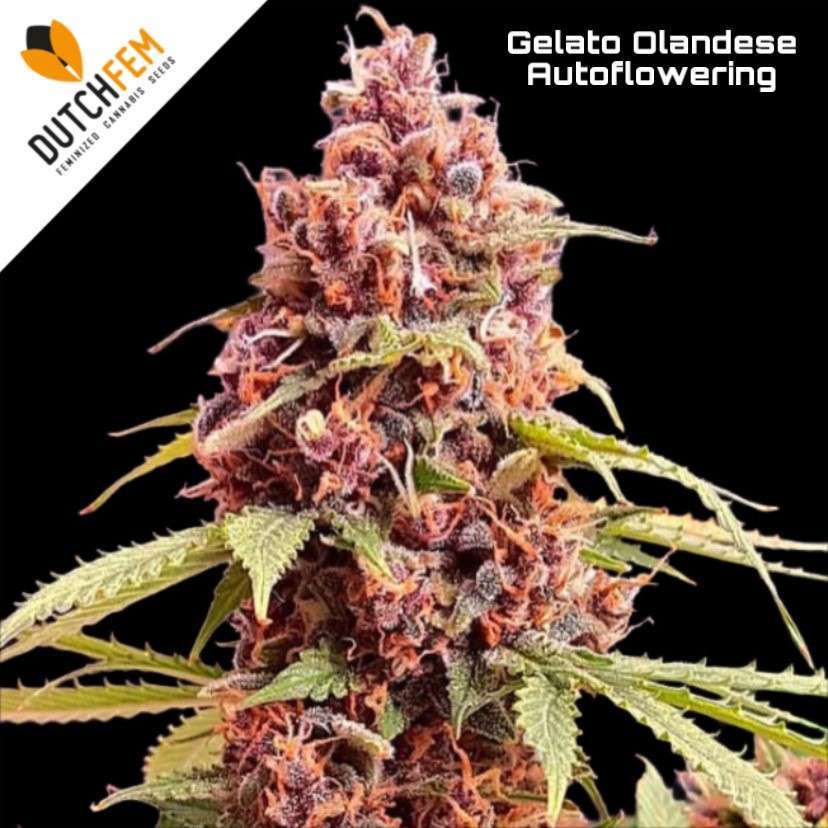
How to achieve multiple harvests in 1 year with autoflowering autoflowers
Achieving multiple harvests in one year with autoflowering cannabis seeds is possible due to the unique characteristic of autoflowers—they flower and mature based on age rather than light cycle. This means you can grow and harvest them continually, regardless of season or daylight hours. Here’s a step-by-step guide on how to plan for multiple harvests in one year:
1. Plan the Growing Schedule
Autoflowers typically take 8-12 weeks from seed to harvest. To achieve multiple harvests in a year, you can plan successive planting cycles so that new plants are always growing. For example:
- 3 Harvests per Year: Choose fast-growing autoflower strains with an 8-week cycle. Plant a new batch every 8 weeks to get approximately three harvests in 24 weeks.
- 4-6 Harvests per Year: For a more ambitious setup, you can stagger plantings every 4-6 weeks. This way, you always have plants in various growth stages, allowing for consistent harvests every month or so.
2. Use Indoor Grow Lights (if Indoors)
Indoors, autoflowers thrive under consistent light. Provide 18-20 hours of light daily to maximize growth and bud development. Many growers keep this schedule constant, as it allows autoflowers to reach their maximum potential. This approach ensures fast development and helps push each cycle forward.
3. Utilize Outdoor Growing in Warmer Climates
In regions with mild, year-round temperatures, multiple harvests with autoflowers outdoors is entirely feasible. Begin planting early in the spring, then continue planting new batches as soon as the previous ones are harvested, maintaining a rolling cycle. Each new batch will mature quickly and can be harvested before the cold months begin.
4. Stagger Planting for Continuous Harvest
Staggering plantings is one of the best ways to ensure that you have a new batch ready for harvest every few weeks. Here’s a simple schedule:
- First Batch: Plant a batch in Week 1.
- Second Batch: Plant a new batch in Week 4, while the first is entering mid-growth.
- Third Batch: Plant another in Week 8 as the first batch is close to harvest.
This overlapping setup allows a near-constant rotation of plants, ensuring each batch reaches harvest around the time the next one is maturing.
5. Optimize Growing Conditions for Speed
Autoflowers grow quickly, but ideal conditions can speed up their cycle:
- Temperature: Keep temperatures steady (70-85°F or 20-30°C) for faster growth.
- Humidity: Young plants prefer higher humidity (60-70%) but lower it gradually as plants mature to reduce mold risk.
- Nutrients: Autoflowers have a shorter nutrient cycle. Use a balanced but lighter feeding schedule, especially with nitrogen, and switch to bloom nutrients as flowering begins around weeks 3-4.
6. Choose Fast-Growing, High-Yielding Autoflower Strains
Select strains known for both speed and yield, as some autoflowers can mature in as little as 8 weeks. Popular options include strains like Northern Lights Auto, Gorilla Glue Auto, and Amnesia Haze Auto, which have faster cycles.
By following a staggered planting schedule and maintaining optimal growing conditions, you can harvest autoflowering cannabis multiple times in a single year. With either indoor or outdoor setups, autoflowers’ predictable and rapid growth allows for a reliable, year-round harvest cycle.
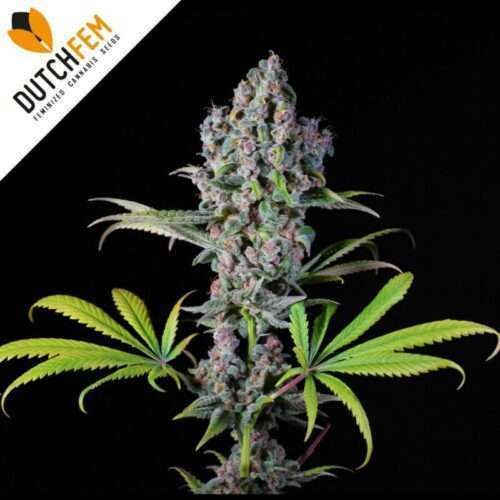
Can you prune autoflowering cannabis strains?
Yes, you can prune autoflowering cannabis strains, but it must be done carefully and selectively due to their short growth cycle. Unlike photoperiod plants, which can handle more extensive pruning because they stay in the vegetative stage as long as needed, autoflowers go from seed to harvest in a quick 8-12 weeks. This means any stress from pruning or training needs to be minimized so as not to hinder their development.
Types of Pruning for Autoflowers
- Light Defoliation: Removing a few fan leaves that block light from reaching lower buds can help increase airflow and light penetration. However, only remove minimal foliage, as autoflowers may not have time to recover from heavy defoliation.
- LST (Low-Stress Training): Instead of traditional pruning, many growers use LST techniques, such as gently bending and tying down branches to create an even canopy. This allows more light to reach lower bud sites without causing stress from cutting. LST is particularly effective for autoflowers because it promotes horizontal growth and encourages more bud sites without delaying their rapid growth cycle.
- Topping (Selective Use): Topping, or cutting the main stem to promote additional colas, is sometimes used with autoflowers, but only when done in the early vegetative stage (usually within the first two weeks). Even then, it’s risky because it can stunt growth if not timed perfectly. Most growers avoid topping autoflowers altogether due to the risk of reducing yield.
General Guidelines
- Prune only if necessary and as early as possible.
- Avoid high-stress techniques to prevent stunted growth.
- Use LST over topping to maximize light exposure with minimal impact.
In summary, autoflowers can tolerate minimal pruning, but keeping stress low and using gentle techniques like LST is generally more effective for improving light exposure and airflow without compromising yield.

Should you give autoflowering cannabis plants fertiliser to get more yield?
Yes, autoflowering cannabis plants benefit from fertilizers, but their shorter life cycle and smaller size mean they require a more careful nutrient approach than photoperiod plants. Giving autoflowers the right balance and timing of nutrients can help maximize yield without causing nutrient burn or stunted growth. Here’s a breakdown of how and when to fertilize autoflowers to promote healthy growth and larger yields:
1. Use Low-Dose Nutrients
Autoflowers are generally smaller and have a shorter growth period than photoperiod plants, so they need fewer nutrients. It’s best to start with a half or even quarter strength of standard cannabis fertilizers and increase gradually as the plant shows signs of healthy growth. Avoid heavy feeding, as too much fertilizer can easily overwhelm autoflowers and cause nutrient burn, stunting their growth and reducing yield.
2. Follow the Growth Phases
- Seedling Stage: Autoflower seedlings are delicate and don’t need additional nutrients for the first 1-2 weeks if you’re growing in soil, as most soils contain enough nutrients to support early growth. For soilless or hydroponic setups, start with very low-strength nutrients.
- Vegetative Stage: Around week 2 or 3, introduce a low-nitrogen fertilizer to encourage green, leafy growth. Autoflowers usually spend only 2-4 weeks in the vegetative stage, so nutrient demands during this phase are light.
- Flowering Stage: When the plant begins to flower (usually around week 3-5), reduce nitrogen and increase phosphorus and potassium to promote bud development. Phosphorus supports flower formation, while potassium strengthens bud structure and density.
3. Choose Autoflower-Specific Nutrients (Optional)
Some nutrient brands offer formulas specifically designed for autoflowers, which are tailored to the plant’s faster growth cycle. These may provide the right nutrient balance without risking nutrient overload.
4. Use Cal-Mag Supplement if Necessary
Autoflowers sometimes need calcium and magnesium, especially when grown under strong indoor lights. If you notice deficiencies (yellowing between leaf veins or leaf tips curling up), adding a Cal-Mag supplement can support healthier growth.
5. Monitor pH Levels
Nutrient absorption is closely tied to pH levels, especially for autoflowers. Aim for a pH of 6.0-6.5 in soil and 5.5-6.0 in hydroponic setups, as this range helps plants absorb nutrients effectively.
Summary
Providing autoflowers with a balanced, lower-dose nutrient regimen throughout their short life cycle can improve yield, but avoid overfeeding. By using fertilizers in moderation and adjusting nutrients as the plant matures, you can maximize the yield potential of autoflowers.
Is autoflowering weed stronger than regular or feminised weed?
Autoflowering cannabis is not inherently stronger than regular or feminized (photoperiod) cannabis. The potency of any cannabis strain—whether autoflowering or photoperiod—depends primarily on its genetics, THC/CBD levels, and growing conditions. However, autoflower strains were initially known for lower potency due to their origins in Cannabis ruderalis, which naturally has low THC levels. Over time, breeders have successfully crossed ruderalis with high-THC indica and sativa strains, significantly improving autoflower potency.
Comparison of Potency
- Early Autoflowers: When autoflowers first emerged, they had noticeably lower THC levels than photoperiod strains, with potencies often ranging between 5-10% THC. These early autoflowers primarily focused on rapid growth and resilience rather than high cannabinoid content.
- Modern Autoflowering Strains: Breeding advancements have brought autoflowering strains close to, and in some cases even on par with, photoperiod strains in terms of THC content. Many autoflowers now reach THC levels between 15-25%, similar to typical photoperiod strains. Examples include strains like Gorilla Glue Auto and Amnesia Haze Auto, which have THC levels comparable to their photoperiod counterparts.
- CBD and Other Cannabinoids: Autoflowers are also available in high-CBD and balanced THC/CBD varieties, catering to medical users. These cannabinoid profiles are just as diverse as those of photoperiod strains and depend on selective breeding.
Growing Conditions and Potency
Beyond genetics, the potency of autoflowers, like any cannabis plant, depends on proper lighting, nutrients, temperature, and care. Since autoflowers mature quickly, any stress or suboptimal conditions can have a more immediate effect on potency compared to photoperiod plants, which can recover during a longer growth period.
In short, modern autoflowering strains can be just as potent as regular or feminized photoperiod strains. Their strength depends on the quality of genetics and growing conditions, making them a competitive option for growers seeking potency with the added benefit of a shorter growth cycle.
Summary Autoflowering Autoflowers
In summary, autoflowering cannabis strains flower automatically due to genetic adaptations inherited from Cannabis ruderalis, which enable the plants to begin flowering based on their age rather than changes in light. This trait provides growers with a fast, reliable, and low-maintenance option that maximizes yield and flexibility, making autoflowers a popular choice for cannabis cultivation worldwide.
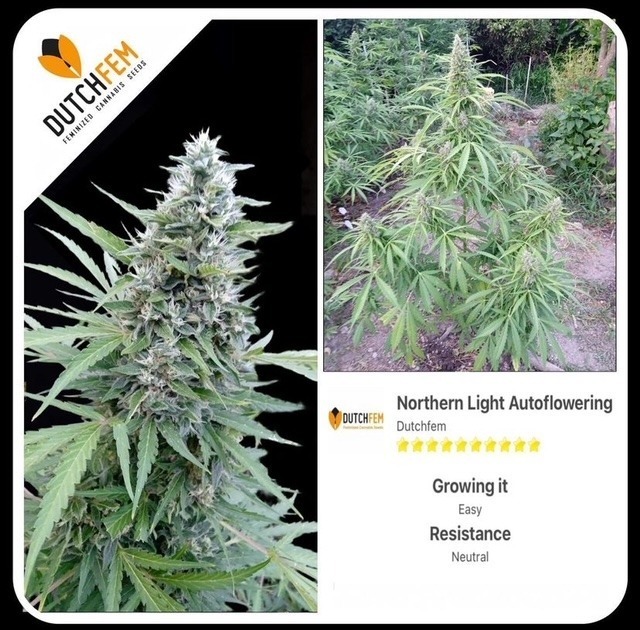
Most frequently asked questions about Autoflowering Autoflowers:
- How long do autoflowering plants grow before flowering?
Autoflowers grow for 2 to 4 weeks before flowering. The first signs of flowering are visible after 3 to 5 weeks.
- What is the flowering time for autoflowers?
Flowering time for autoflowers is 6 to 9 weeks from the moment the first signs of flowering are visible.
- How tall do autoflowers grow?
It depends on the strain, whether it is Indica or Sativa and whether they are in pots or open ground.
- Can you keep autoflowers small?
The smaller the pot the smaller the plant will grow.
- How to grow autoflowers tall?
By growing them without a pot in open ground or in large pots from 25litres.
- What lighting schedule gives maximum yields with autoflowers?
24/0 or 20/4 light/dark gives maximum yield in autoflowers.
- Can you also grow autoflowers with 12/12 light cycle?
Yes you can, but then they remain smaller and give less yield.
- Can you cut clones from autoflowers?
It is not recommended to cut cuttings from autoflowers.
- What is the best period to grow autoflowers outdoors?
Start for 1 harvest between 1 and 14 June
Start for 2 harvests early April and early July
Start for 3 harvests 15 March, early May and 15 July
- Can you grow autoflowers in winter without a grow light?
Yes you can but the yield depends on how many hours of sunshine they get. More sun hours means more yield.
- Can you grow autoflowers indoors?
Autoflowers are actually made for outdoor growing is countries with short and colder summers. Feminised photoperiod and regular seeds give higher yields and need the same amount of time indoors. The new generations of autoflowers are already better and give relatively good yields when grown indoors.
More blogs about Autoflowering Autoflowers:
Exploring the 5 Most Productive Autoflowering Cannabis Strains: A Guide for Growers
Maximizing Autoflower Success: Choosing the Ideal Container Size
Best Soil for Cultivating Autoflowering Cannabis Seeds
The Pitfalls of Cloning Autoflowering Cannabis



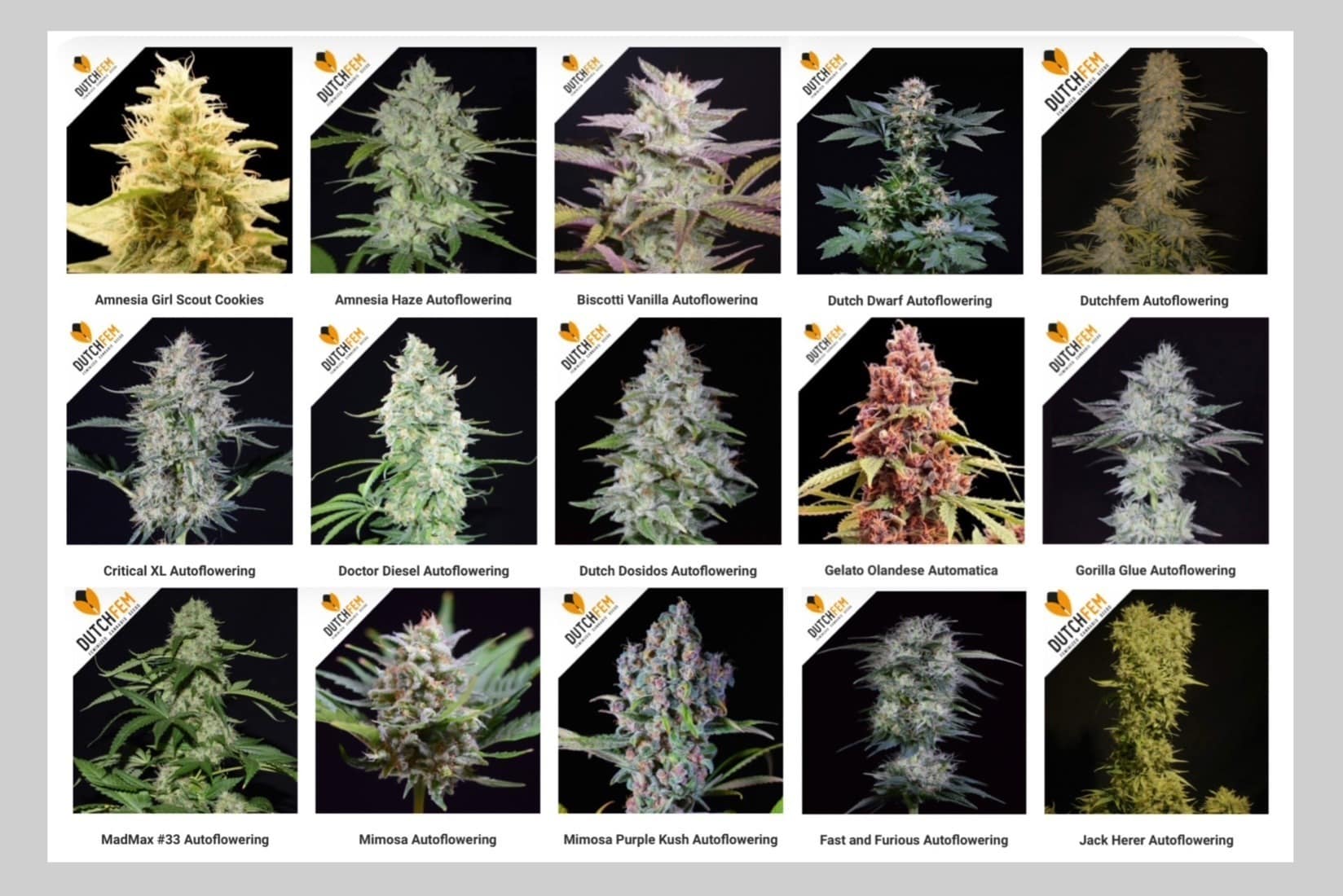
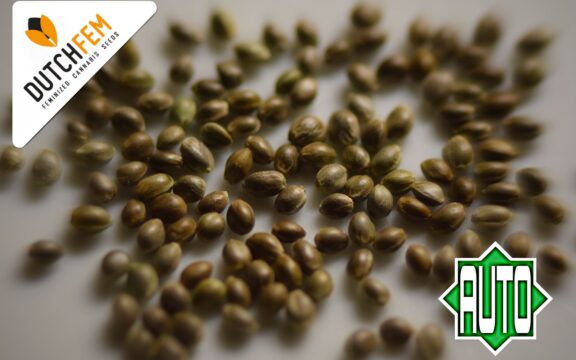
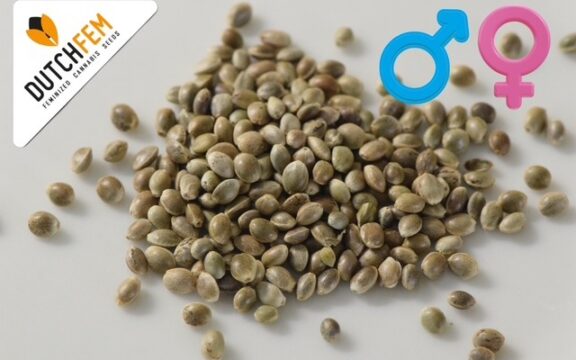
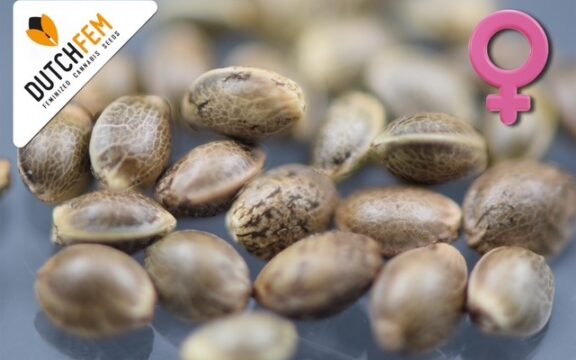




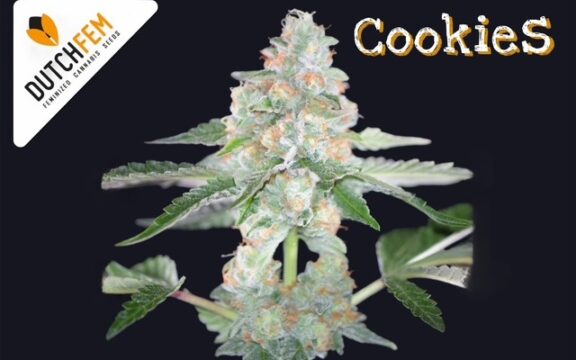





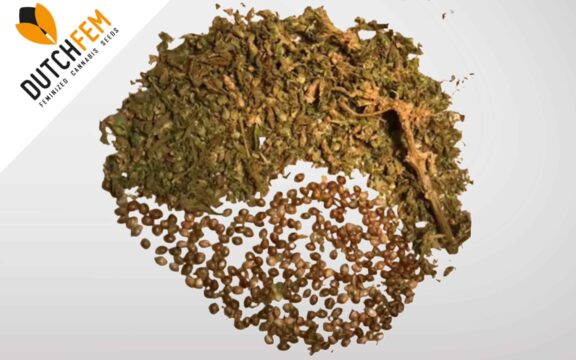





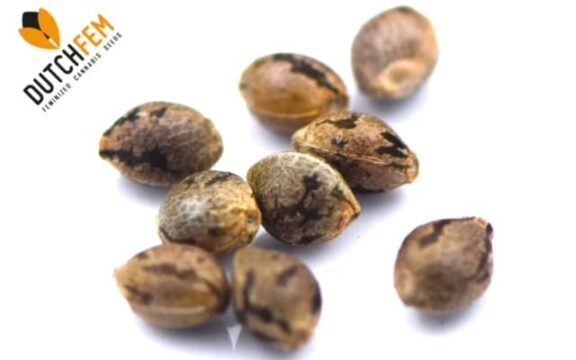



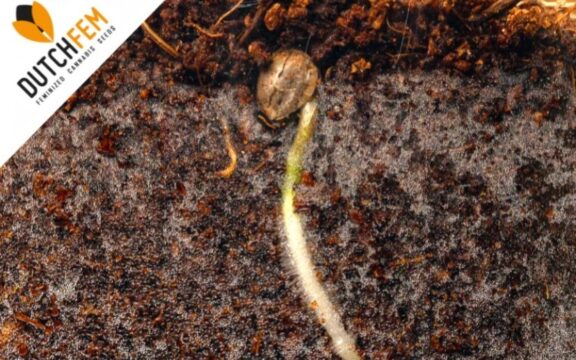







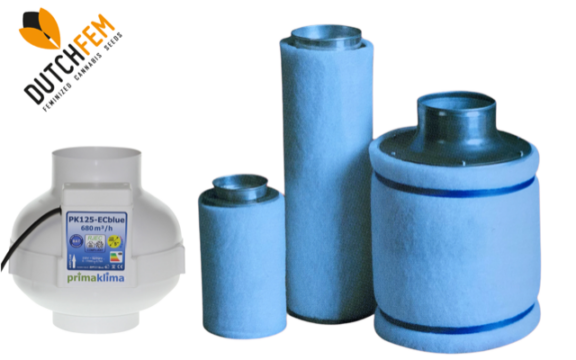






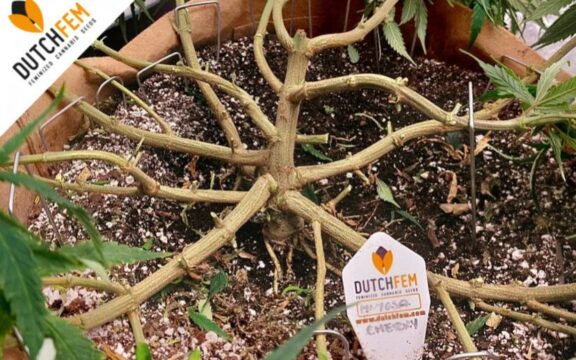




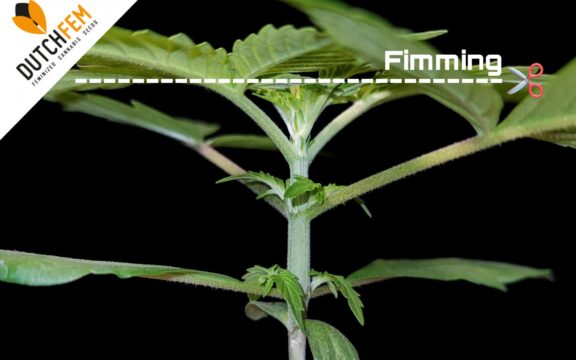




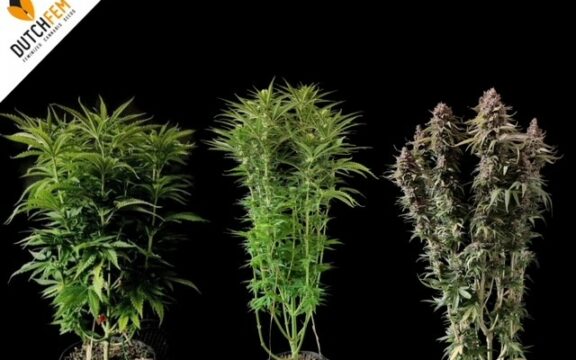





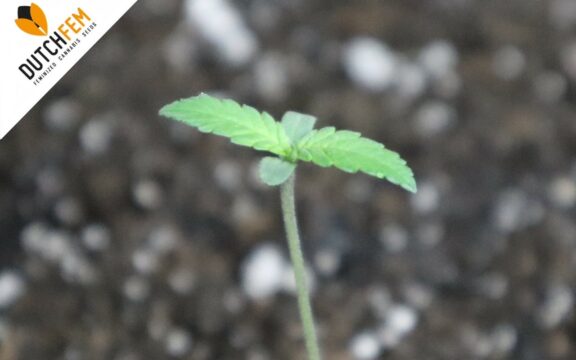

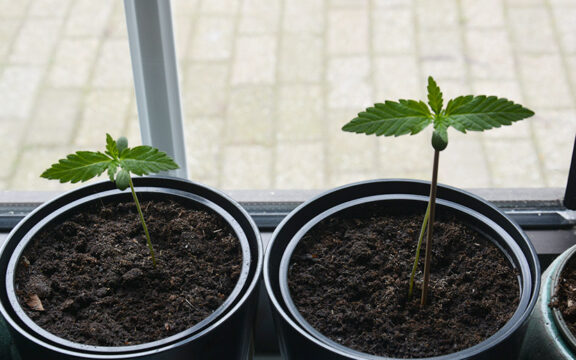
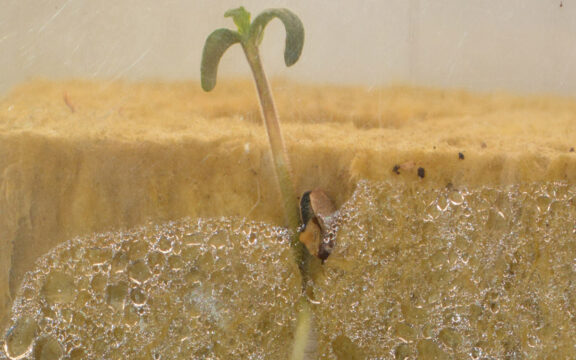





You must be logged in to post a comment.